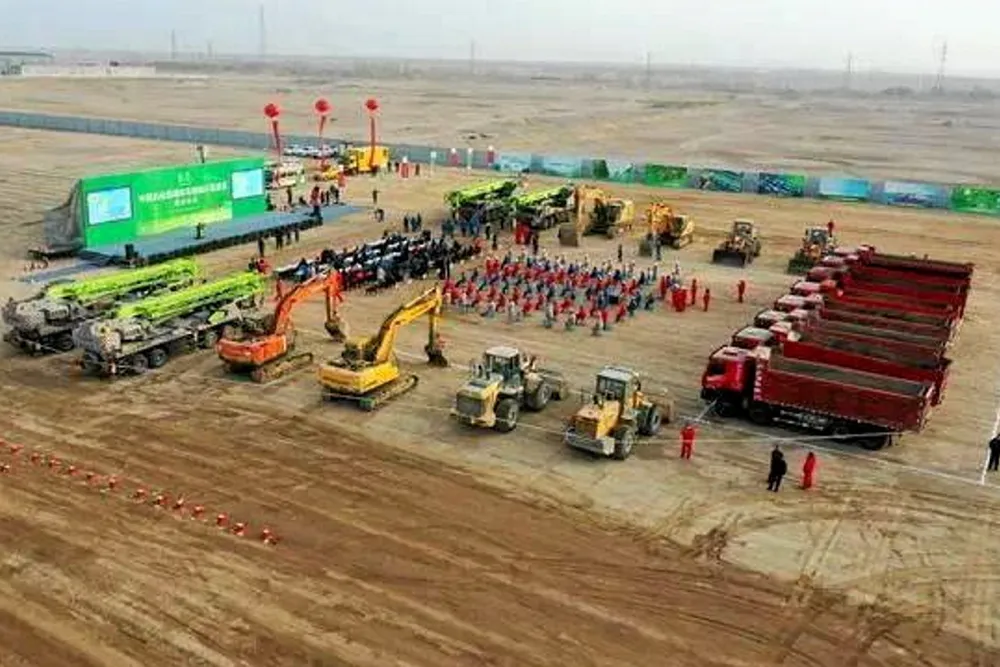Sinopec selects contractors for world’s largest solar-to-hydrogen project
Joint venture involving Belgium’s John Cockerill and two other Chinese contractors to supply 13 alkaline-based hydrogen electrolysers

Joint venture involving Belgium’s John Cockerill and two other Chinese contractors to supply 13 alkaline-based hydrogen electrolysers
